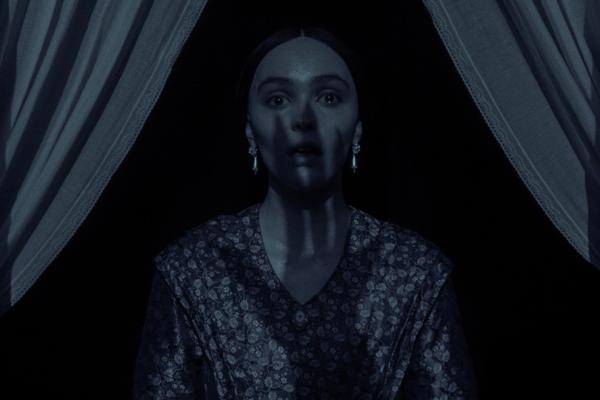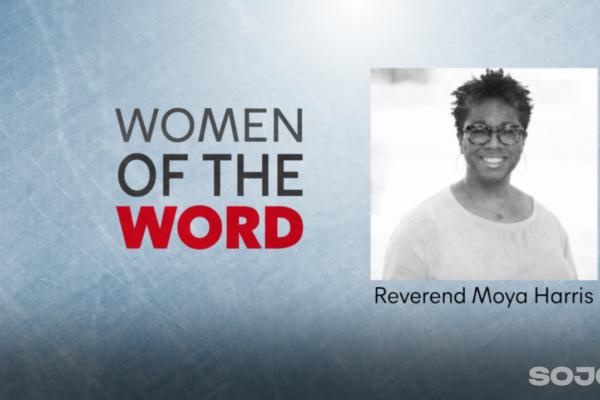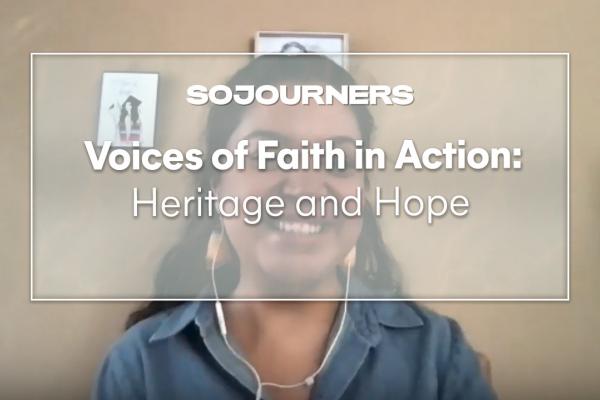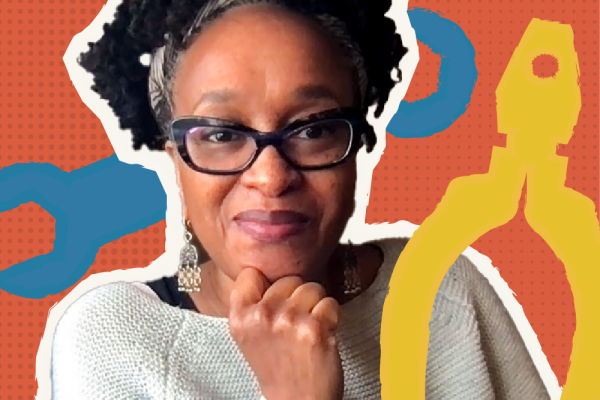The day before the massacre at the Tree of Life Synagogue last fall, my “Christian Traditions” class at St. Norbert College in De Pere, Wis., had just spent 90 minutes reading and discussing an 11th-century document from the First Crusade entitled “The Slaughter of the Rhineland Jews.” For most of the students in that class — almost all of them committed Catholics — this was the very first time they had encountered their own faith tradition’s role in historical anti-Semitism and violence.
We also read about William of Norwich, a 12th-century boy whose murder was blamed on the local Jewish community, and whose legend gave rise to the grotesque and longstanding fantasy of Jewish “ blood libel.” When class reconvened the week after the shooting, the readings had taken on a grave new resonance for my students. They wanted to continue the conversation on anti-Semitism and bring it to a wider audience. So I partnered with a few colleagues — Jewish, Catholic, and Protestant — to organize a public forum for faculty, students, and community members designed to promote reflection about anti-Semitism in Green Bay, Wis., in the New Testament, and in Catholic history. My topic was the slaughter of the Rhineland Jews.
Long before I was a professor of Christian history, I was a high school student at Catholic Memorial High School in Waukesha, Wis. School mascot: The Crusaders. In the decades since my graduation in 1987 this mascot has troubled me. I know I sent a letter to the former principal years ago asking him to rethink the mascot, but I don’t think I ever received a response. I did sometimes bring up the Crusader mascot at cocktail parties as a kind of “can you believe it?” anecdote.
But after the massacre at the Tree of Life synagogue, I did a search of my cluttered inbox for “Crusader” and came up with hundreds upon hundreds of weekly “Crusader” updates: “Crusader” alumni athlete fundraisers, “Crusader” auction raffle ticket sales, and “Crusader” homecoming tailgate parties. I took a screenshot of this inbox search and used it as visual during my campus lecture. I hoped this lecture could be an invitation to imagine anti-Semitism and Islamophobia in the church as a living issue — not one relegated to a dim and mostly forgotten past.
When I went home that night I wrote to the alumni office of the school to request that they remove my name from all mailing lists. I told them I wished to sever all ties with Catholic Memorial High School until the anti-Semitic and Islamophobic mascot was changed.
About a month later, I received an email from the school president accusing me of spreading “slanderous information” about the school and suggesting that I read up on my Crusades history. She did agree to remove me from the mailing list but demanded that in return, "you remove our name and any reference to CMH in your coursework.”
I had not been told what to say, think, or write by any member of the Catholic Memorial High School staff for many years, but the president’s response to me was still deeply troubling; it signaled an unwillingness on the part of a Catholic lay leader to even consider the ways in which today, in 2019, a Crusader mascot implies Christian domination over those who aren’t Christian, and invokes a time of religious violence, brutality, and genocide.
The Crusader mascot has been used by Christian schools in the U.S. with some frequency: Wheaton College in Illinois retained the Catholic Crusader mascot until 2000, when they pivoted to the Thunder. The Jesuit College of the Holy Cross in Massachusetts recently completed several years of discussion about their Crusader mascot, opting for now to retain it, but to get rid of the knight as their symbol. Their campus newspaper, formerly known as the Holy Cross Crusader, independently changed its name to the Spire in 2018 “ because of the violence and massacres associated with the medieval Crusades.”
I’ve been thinking more about how our education system teaches young people to process realities of privilege and racism ever since the Covington High School incident, in which a high-schooler in a MAGA hat — Nick Sandmann — clashed with a Native American elder, Nathan Phillip. Many Catholics, myself included, saw in Sandmann both impulsivity and naiveite, alongside an unapologetic assertion of white, male privilege and power. With that in the forefront of my mind, the school president’s indignant response to my criticism of the mascot feels particularly upsetting.
READ: Confronting the Church's Anti-Semitic Roots
I wonder if Catholic Memorial is teaching its students values of humility and reverence across lines of difference – values that would have served the Covington High School students well during their visit to Washington. I found myself wishing my alma mater were the kind of place where a request from a cranky alumna to be removed from all mailing lists might serve as a launching pad for discussion among students, faculty, trustees, and parents: “Why would someone ask to be removed from our mailing lists because of the mascot? What counter arguments might there be? What response should we offer?”
As the school year at St. Norbert draws to a close, there has been yet another synagogue shooting, this time in California. Another white, Christian man has understood and absorbed Christian theology and used it to justify the slaughter of Jewish people. Two grim bookends to a school year marked by extraordinary religious violence.
The Catholic Church, and all Christians, must admit that our tradition contains within it both the history of anti-Semitism and the theological potential for its ongoing justification. Our language matters, and our mascots matter.
Why exactly is cheering for the Crusaders on the football field totally unrelated to cheering for the slaughter of the Rhineland Jews, and therefore the slaughter of the Jewish people terrorized and murdered in Pittsburgh and San Diego? If we can’t cogently articulate an answer to that, then we’re in trouble. My high school alma mater is not an anti-Semitic or Islamophobic school, as far as I know. But its mascot is. In the context of rising anti-Semitic and Islamophobic rhetoric and violence, American Christians have only two choices: to face our ugly theological history or to continue down the road of complicity in religious violence and hatred.
Got something to say about what you're reading? We value your feedback!







